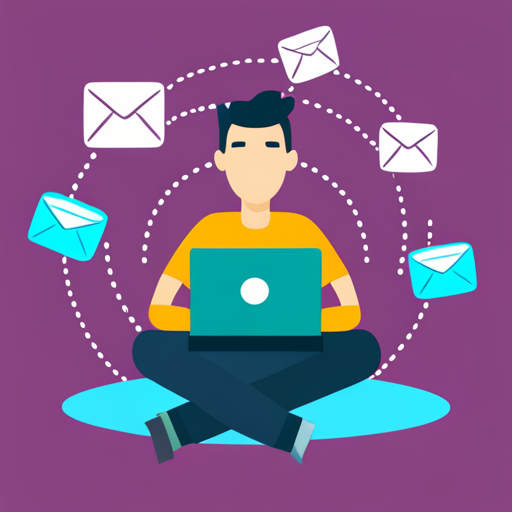Article's Content
Email Segmentation refers to the practice of dividing an email list into smaller, more specific sub-groups based on certain criteria. These criteria can be demographic, behavioral, or any other relevant data points. The primary goal is to tailor and personalize email content to better resonate with different segments of the audience, thereby increasing engagement, open rates, and conversion.


Examples
- Demographic Segmentation: A SaaS company targeting both small businesses and large enterprises might segment their email list based on company size. This allows them to send targeted product recommendations or case studies that resonate with each segment’s unique needs.
- Behavioral Segmentation: If a user has recently signed up for a free trial of a software but hasn’t activated certain features, an email can be sent specifically to guide them through those features.
- Lifecycle Stage Segmentation: For users who have been long-term subscribers but haven’t upgraded to a premium version, a SaaS company might send them emails highlighting the benefits of the premium features.
- Purchase History: A company might send out emails to users who have purchased a particular module or feature, offering them complementary modules or services.
Quick Tips for Getting Started
- Data Collection: Begin by collecting as much relevant data about your subscribers as possible. This can be done through sign-up forms, user activity on your platform, or integrating with CRM tools.
- Start Simple: If you’re new to segmentation, start with broad categories like ‘Active Users’ vs. ‘Inactive Users’. As you become more comfortable, you can delve into more nuanced segments.
- Test and Refine: Like all marketing strategies, it’s essential to test your segmented campaigns to see what’s working and what’s not. A/B testing can be particularly useful here.
- Personalize Content: The main advantage of segmentation is the ability to tailor content. Ensure that the content you send to each segment is relevant and adds value to that particular audience.
- Regularly Update Segments: Subscriber behavior and needs can change. Regularly review and adjust your segments to ensure they remain relevant.
Remember, the ultimate goal of email segmentation for B2B marketers is to deliver the right message to the right person at the right time, enhancing user experience and driving business growth.






